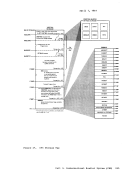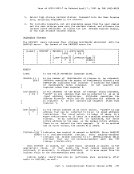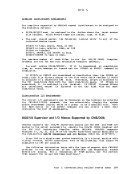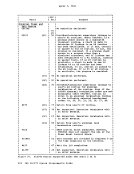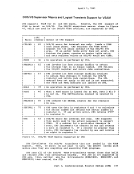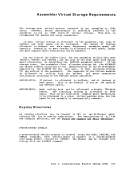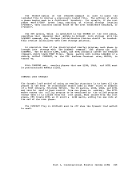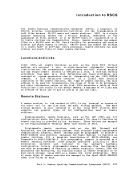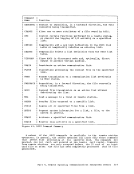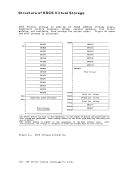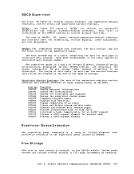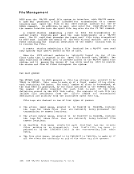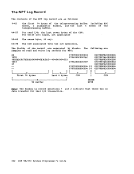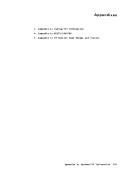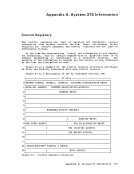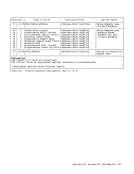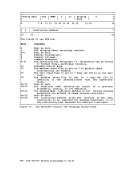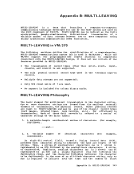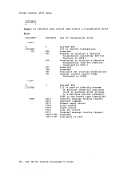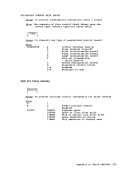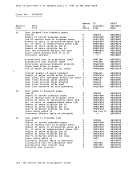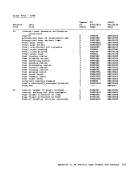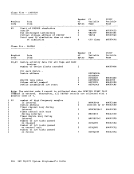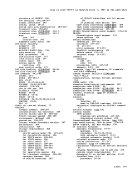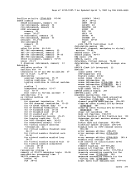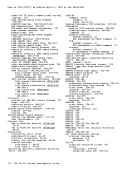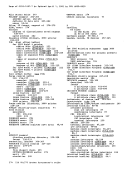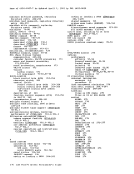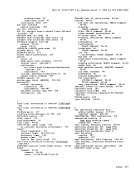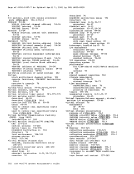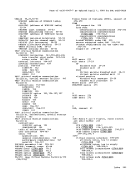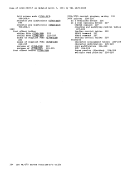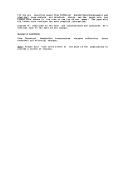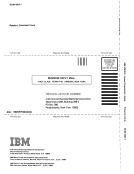most common
calling routines
modules).
both for
written
calling nucleus-resident routines, and for
as commands (for example, disk resident
A typical coding sequence for an
LA
routine or command being called, but the
first eight bytes of this parameter list to find the name of the routine
or command being called.
The
and may be omitted if the programmer does not expect any errors to occur
in the routine or command being called. If included,
made to the address specified in the DC.
DC was inserted by examining the byte following the
nonzero byte indicates an instruction, a zero value indicates that "DC
AL4(address)" follows.
functions. It is used to define
is provided. For example,
A typical calling sequence for an
The halfword decimal code following the
specific routine being called.
taking the absolute value of the code by an
byte of the result is ignored, and the second byte of the resulting
halfword is used as an index to a branch table. The address of the
correct routine is loaded, and control is transferred to it.
It is possible for the address in the
In this case, the index entry will contain an 8-byte routine or command
name, which will be handled in the same way as the 8-byte name passed in

























































































































































































































































































